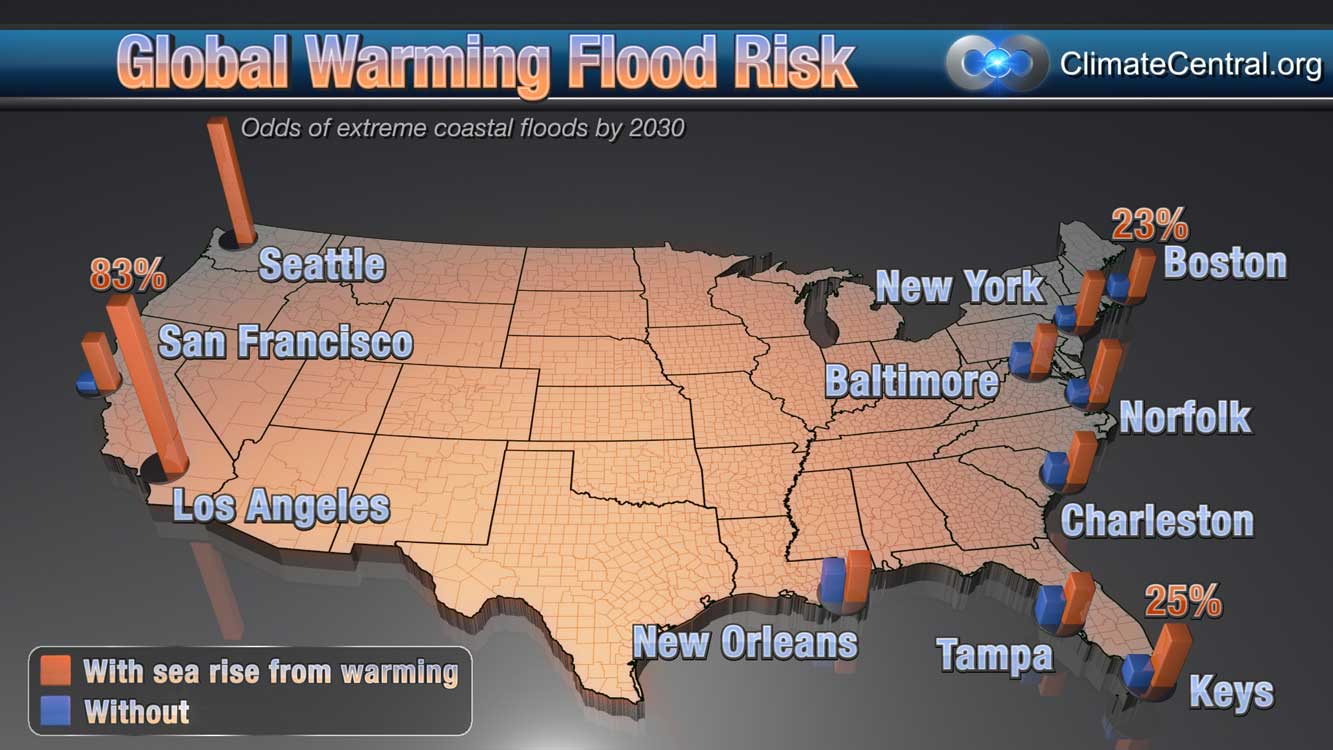

Establishing mechanisms for periodically assessing the usefulness of its nonregulatory products could help FEMA ensure it is investing in products that address community need and have a meaningful impact on enhancing flood resilience.įEMA prioritizes mapping projects with input from all levels of government and FEMA regional offices, but could better use available data to inform its mapping efforts.

According to FEMA, it has invested millions of dollars in developing Risk MAP nonregulatory products however, the agency has not assessed the usefulness of these products in increasing community resilience since 2016. Updating its program plan to include these elements could help FEMA effectively manage and coordinate its efforts to incorporate current and future flood hazards in a timely way.įEMA does not periodically assess the usefulness of its nonregulatory flood risk products, which are intended to help communities increase their resilience to floods. However, Risk MAP has been operating under an out-of-date plan that does not reflect new goals, objectives, activities, performance measures, and associated timeframes. FEMA's Risk MAP program is addressing some of these challenges, but many may require years to address. These products include maps-known as Flood Insurance Rate Maps-and nonregulatory flood risk products such as estimates of flood damage in an area. For example, its flood risk products do not reflect hazards such as heavy rainfall and the best available climate science. Please refer to the MiEnviro Floodplain Service Request guidance for more information.The Federal Emergency Management Agency's (FEMA) Risk Mapping, Assessment, and Planning (Risk MAP) program has increased its development of flood maps and other flood risk products, but faces challenges ensuring they comprehensively reflect current and future flood hazards. There is no charge for this service, however, depending on workload, the determination may take 4 to 8 weeks. To make such an estimate, the District floodplain engineer will need a map (preferably with a property description) showing the location of the property, an estimate as to how high the property is above the water level of the river, lake or stream, and how far the building site is away from the water. įor site specific questions, the Water Resources Division will provide an estimated 100-year flood elevation. For more information on the Flood Hazard Mapping process, see. Check out FEMA's floodplain mapping website. A community status book may be obtained from FEMA identifying the communities which have a floodplain map developed under the National Flood Insurance Program.įEMA is also in the process of developing digital flood insurance rate maps (DFIRM). Of the 1776 communities (Cities, villages, and townships) in Michigan, currently about 1,004 communities have floodplain maps that have been developed by FEMA. The primary source of floodplain mapping information in Michigan is the Flood Insurance Rate Maps (FIRMs), which are developed by the Federal Emergency Management Agency (FEMA).


 0 kommentar(er)
0 kommentar(er)
